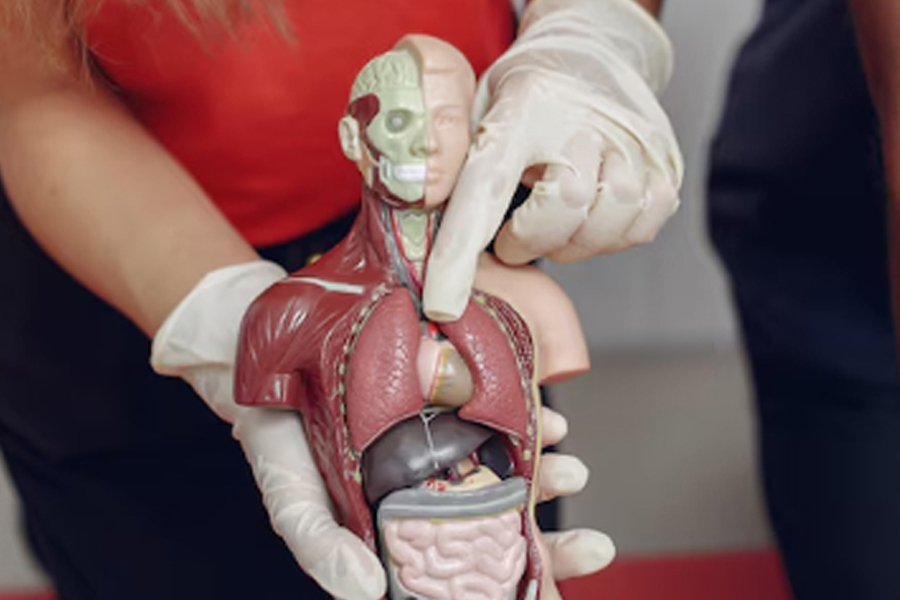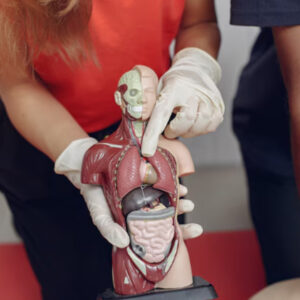Introduction
Cardiovascular diseases remain a leading cause of morbidity and mortality worldwide. The World Health Organization reports that ischemic heart disease is the foremost cause of death globally. For effective diagnosis and treatment, medical advancements such as Angiography & Angioplasty play a crucial role. This article provides an in-depth look into these two procedures, shedding light on their significance, processes, and what patients can expect.
What is Angiography?
Angiography is an imaging technique used to visualize the inside of blood vessels and organs, specifically highlighting the arterial and venous systems. By injecting a contrast dye into the bloodstream, healthcare professionals can obtain detailed X-ray images, known as angiograms, which highlight any blockages or abnormalities.
Types of Angiography
– Coronary Angiography: Focuses on the coronary arteries and is often used to diagnose coronary artery disease.
– Cerebral Angiography: Used to examine blood vessels in the brain, often to identify aneurysms or blockages.
– Peripheral Angiography: Looks at vessels in the arms, legs, and other peripheral parts of the body.
– Pulmonary Angiography: Examines the blood vessels of the lungs.
Procedure Steps
- Preparation: The patient is typically advised to fast for a few hours before the procedure. A mild sedative is often administered to help the patient relax.
- Insertion: A small catheter is inserted into an artery, usually in the groin or arm.
- Dye Injection: A contrast dye is injected through the catheter, making the blood vessels visible on the X-ray images.
- Imaging: X-ray images are taken, capturing detailed views of the blood vessels.
- Completion: The catheter is removed, and pressure is applied to the insertion site to prevent bleeding.
Understanding Angioplasty
Angioplasty, also known as percutaneous transluminal coronary angioplasty (PTCA) or balloon angioplasty, is a minimally invasive procedure aimed at widening narrowed or obstructed blood vessels, typically arteries. This procedure is often employed following an angiography that identifies significant blockages.
Procedure Steps
- Initial Steps: Much like angiography, the process begins with the insertion of a catheter into an artery, guided to the site of the blockage.
- Balloon Inflation: A small balloon at the catheter’s tip is inflated once it reaches the blockage, which compresses the plaque against the artery walls, widening the vessel.
- Stent Placement (Optional): In many cases, a stent, a small wire mesh tube, is placed in the artery to keep it open. The stent remains in place permanently to ensure that the artery does not narrow again.
- Completion: The balloon and catheter are removed, and pressure is again applied to the insertion site to prevent bleeding.
Benefits and Risks
Benefits
– Minimal Invasiveness: Compared to surgical options like coronary artery bypass grafting (CABG), angioplasty is less invasive with quicker recovery times.
– Effective Relief: Provides prompt relief from symptoms such as chest pain (angina) and shortness of breath.
– Improved Blood Flow: Significant improvement in blood flow reduces the risk of future heart attacks.
Risks
– Re-narrowing (Restenosis): The treated artery may narrow again over time.
– Blood Clots: There is a risk of blood clots forming within stents, which can lead to serious complications.
– Bleeding: The insertion site may experience excessive bleeding or bruising.
When are Angiography & Angioplasty Recommended?
Indications for Angiography
– Suspected Coronary Artery Disease: Patients exhibiting symptoms such as chest pain or abnormal stress test results.
– Aneurysms and Arteriovenous Malformations: To visualize and plan treatment for vascular abnormalities.
– Pulmonary Embolism: To detect and evaluate potential blockages in the pulmonary arteries.
Indications for Angioplasty
– Severe Narrowing or Blockage: Identified through angiography, particularly if symptoms are present or if a heart attack occurs.
– Persistent Angina: When lifestyle changes and medications do not alleviate chest pain.
– Angioplasty after heart attack: To quickly open blocked arteries and restore blood flow to the heart.
Preparing for the Procedures
Pre-Procedural Preparations
– Medical Assessment: A thorough medical history and physical examination.
– Blood Tests: Evaluate kidney function due to the contrast dye used in angiography.
– Medications: Patients may need to halt certain medications, such as blood thinners, to avoid complications.
Day of Procedure
– Fasting: Typically, patients are asked to fast for six to eight hours beforehand.
– Sedation and Local Anesthesia: A mild sedative and local anesthesia at the catheter insertion site are given to minimize discomfort.
Post-Procedural Care and Recovery
Immediate Care
– Monitoring: Continuous monitoring of heart rate, blood pressure, and insertion site for any immediate complications.
– Brief Hospital Stay: Most patients are observed for a few hours and may return home the same day unless further complications necessitate a longer stay.
Long-term Care
– Medication: After angioplasty, patients may be prescribed medications like aspirin or other blood thinners to prevent clot formation.
– Follow-Up Care: Regular follow-up appointments to monitor heart health, the effectiveness of the procedure, and manage any potential side effects or complications.
– Lifestyle Modifications: Emphasizing a heart-healthy lifestyle, including diet, exercise, and smoking cessation, to maintain the benefits.
Innovations and Future Directions
Advances in Angiography
– Digital Subtraction Angiography (DSA): Enhances image clarity by subtracting non-vascular tissues from the images.
– 3D Angiography: Provides three-dimensional reconstructions of blood vessels, improving diagnostic precision.
Advances in Angioplasty
– Drug-Eluting Stents: Coated with medication to reduce the risk of restenosis.
– Bioabsorbable Stents: Designed to dissolve over time, leaving the artery in a more natural state.
– Robotic-Assisted Procedures: Offering greater precision and reducing the possibility of human error.
Conclusion
Angiography & Angioplasty represent significant strides in the diagnosis and treatment of cardiovascular diseases. While angiography provides crucial insights into the state of blood vessels, angioplasty offers a minimally invasive solution to reopen narrowed arteries, improving blood flow and relieving symptoms. Understanding these procedures empowers patients to make informed decisions about their cardiovascular health, alongside the guidance of healthcare professionals. As advancements continue, these techniques promise even greater precision and efficacy, contributing to better long-term outcomes for patients worldwide.





